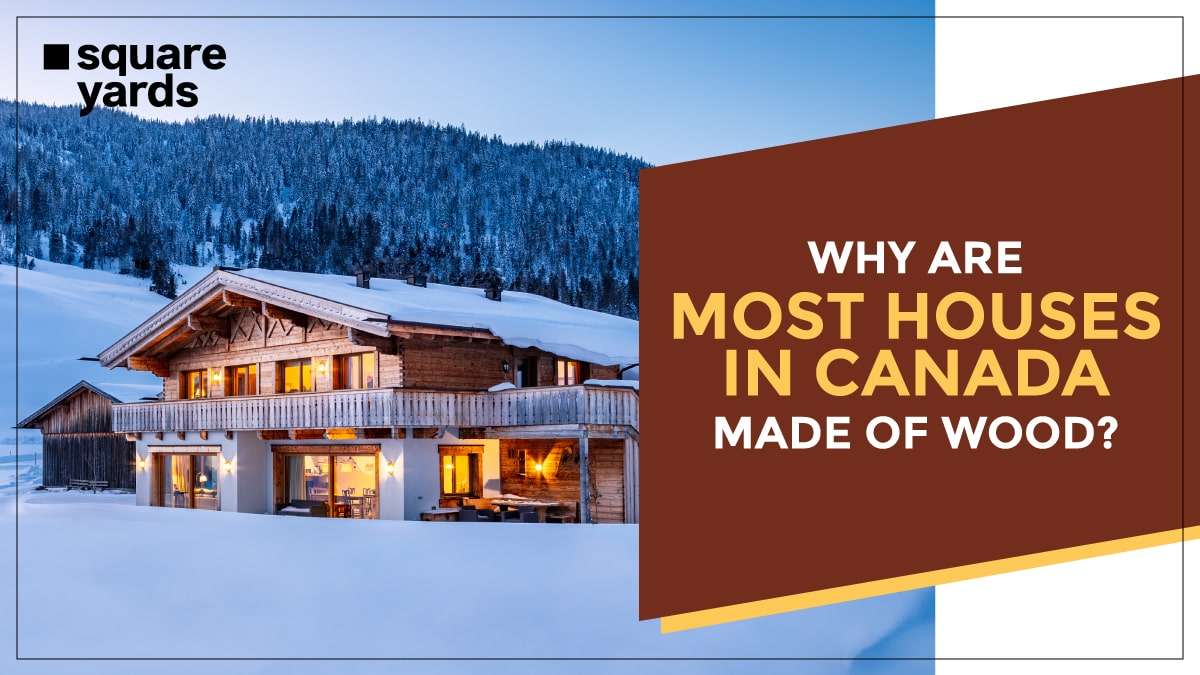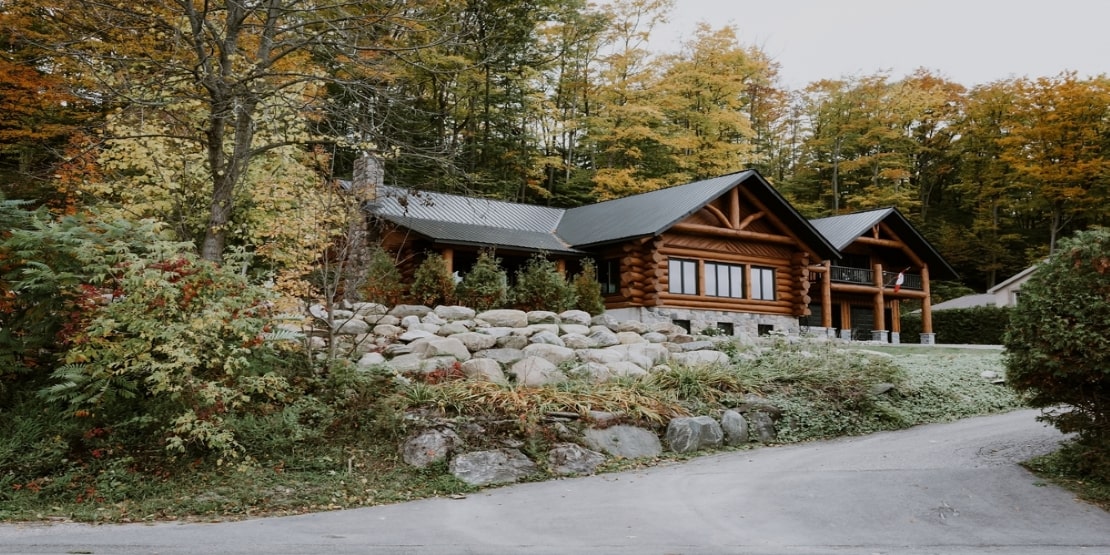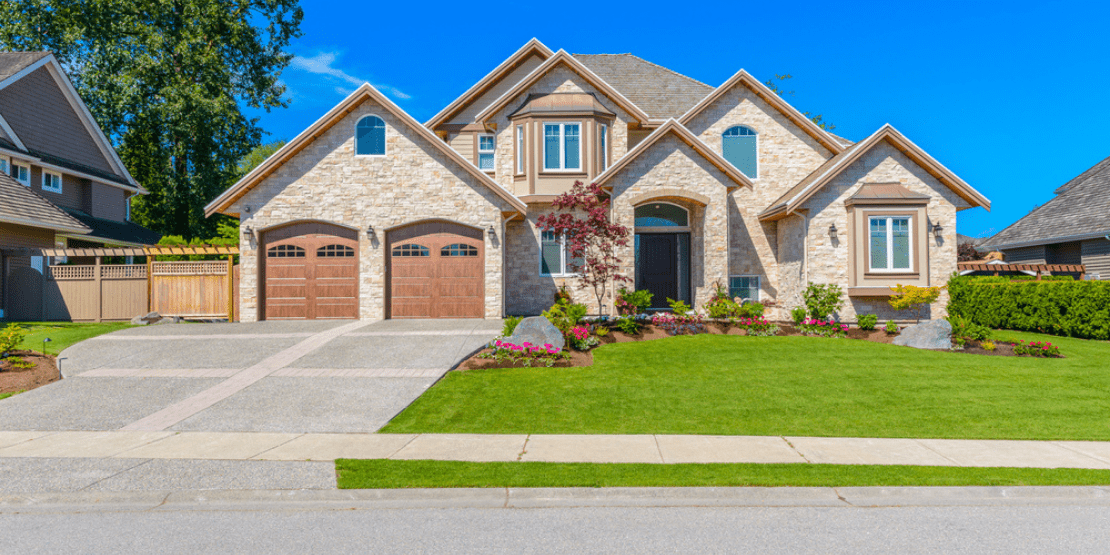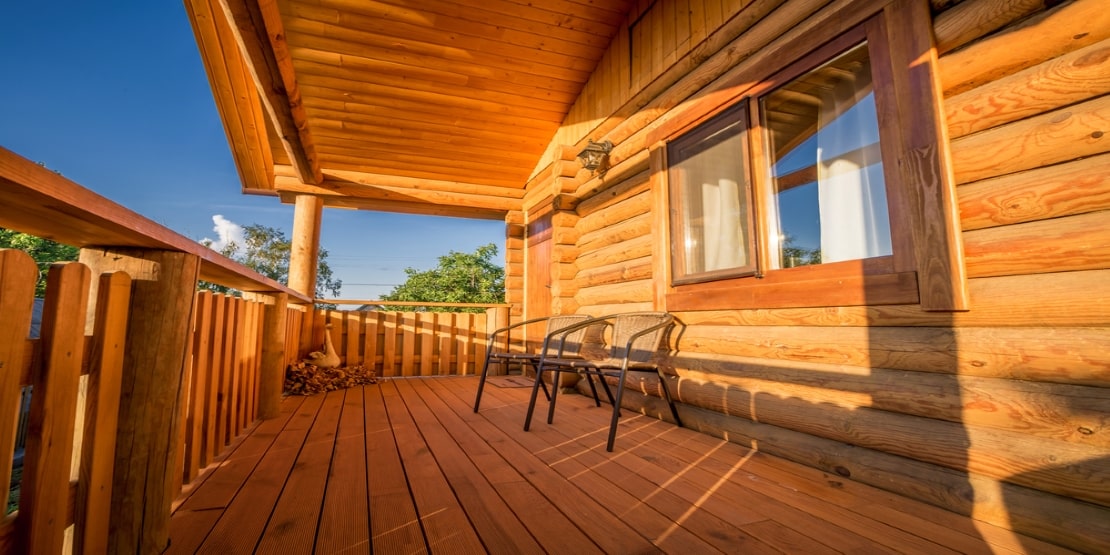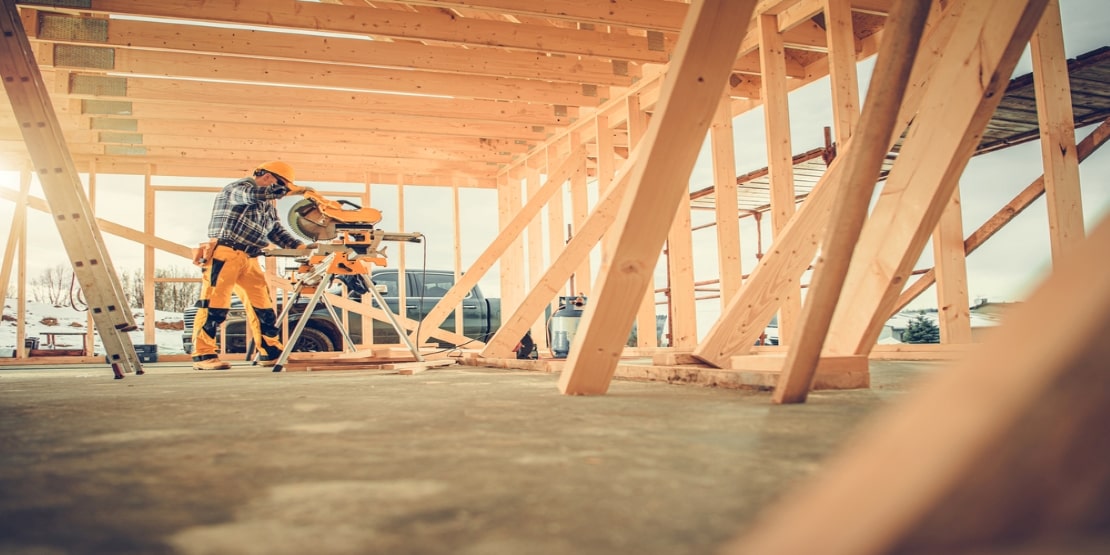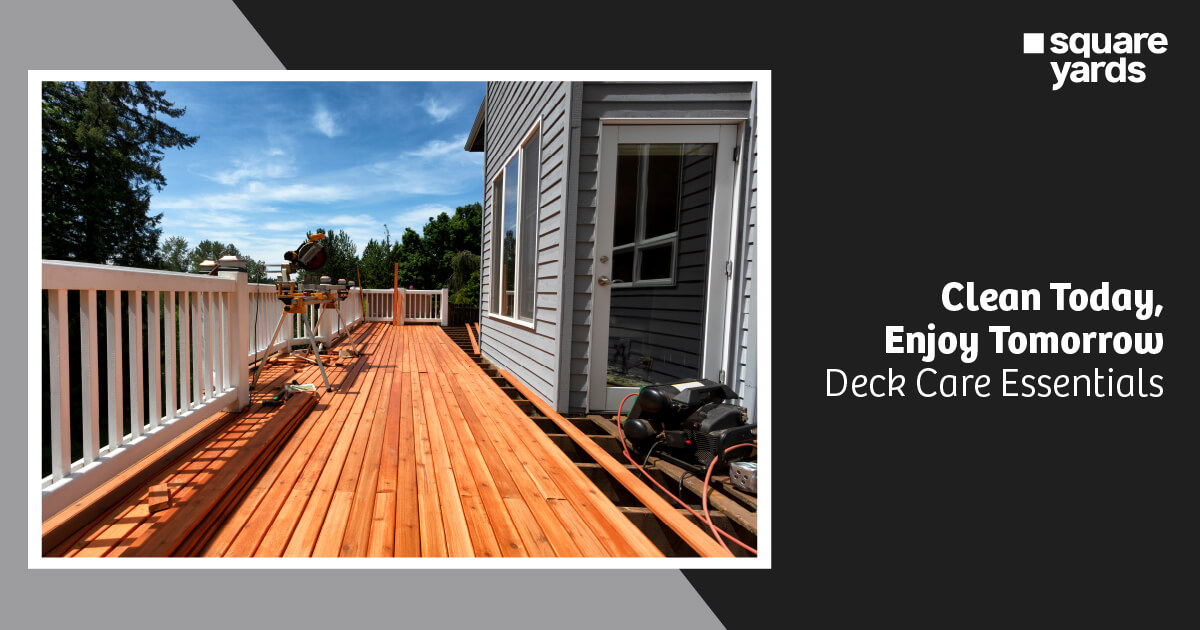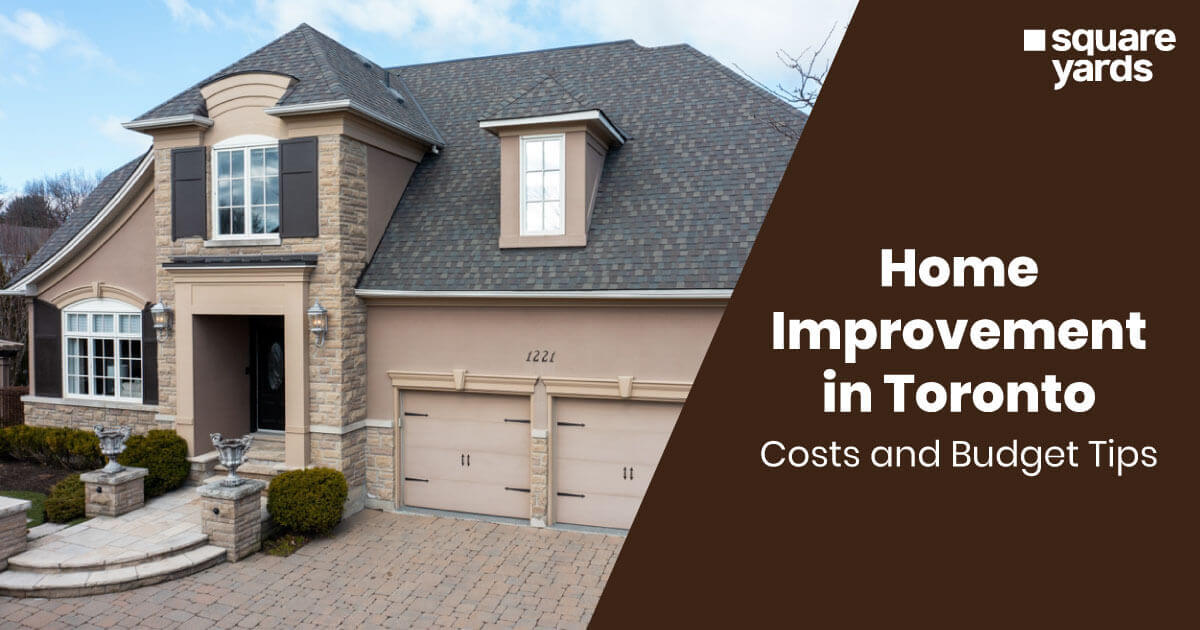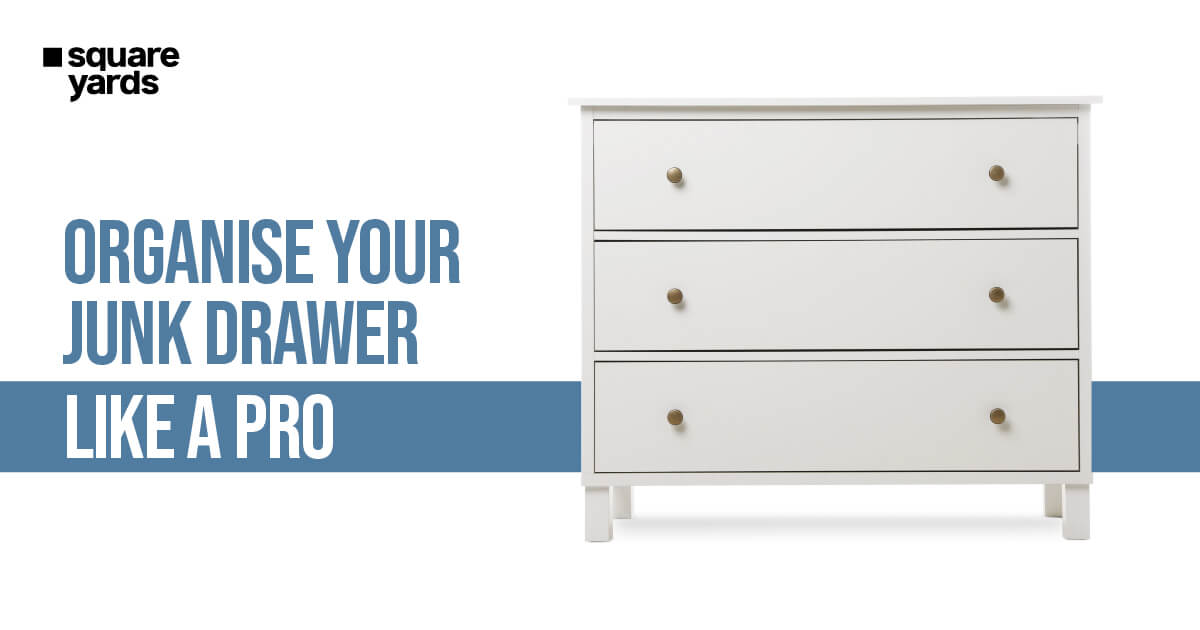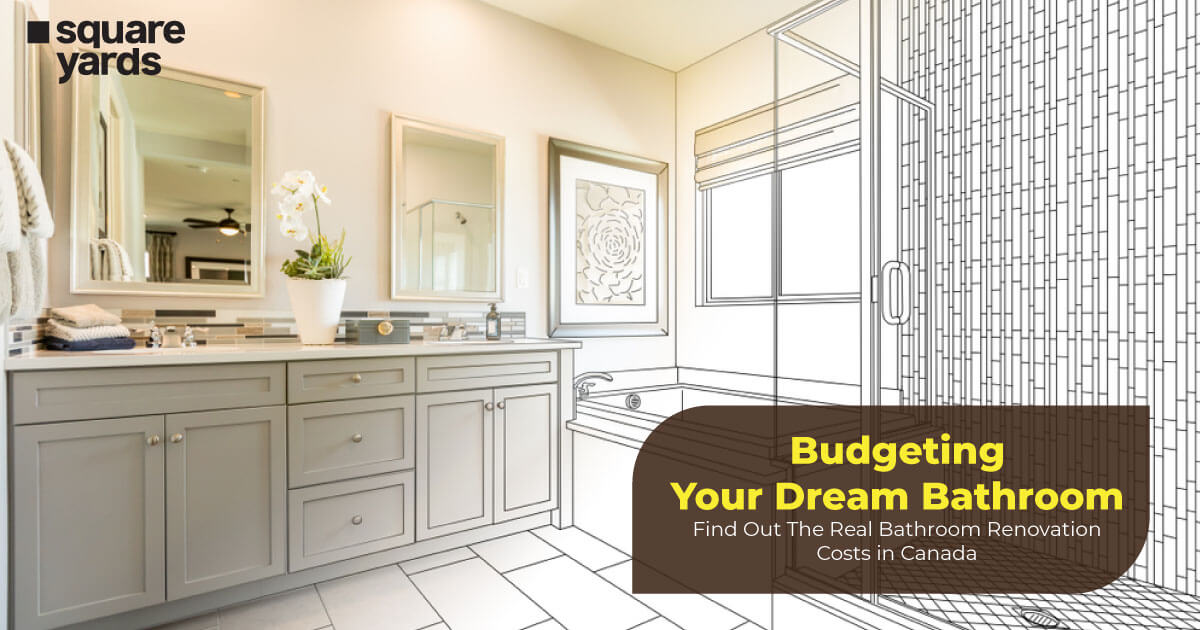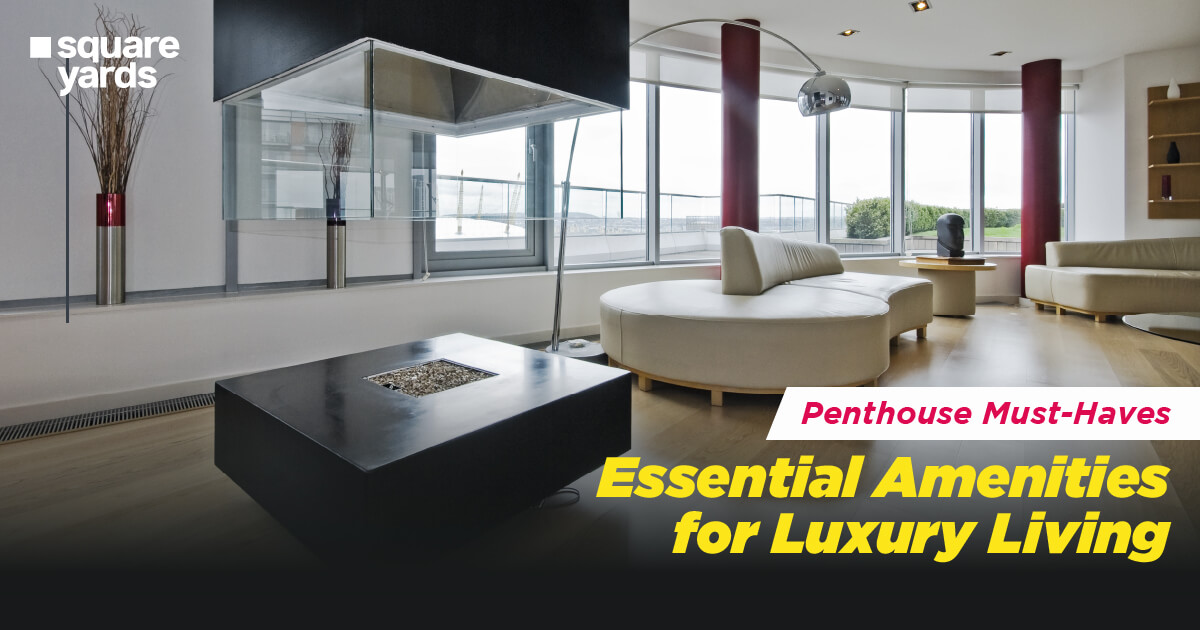A primary source of building and construction, wooden housing is an essential part of architecture and interior design in Canada. Over the years, wooden houses in Canada have developed as per the trends in construction and renovation. Tracing back the history of Canada, wooden houses have always been a form of sustainability and durability. With the minimal strain on the environment, they safeguard houses and maintain an ecological balance.
Interestingly, when construction companies undertake contracts for building wooden houses in Canada, they plant trees to maintain the environmental balance through responsible logging. In this article, we highlight various aspects related to wooden houses in Canada along with their advantages and disadvantages.
Typology of Wooden Houses in Canada
Wood is a versatile raw material and can be moulded as per the requirements of the user. In the construction of wooden houses, individuals can choose from myriad styles of wooden housing.
-
Wooden House Made of Logs
Constructed directly on-site, various trunks of wood enhance the look of these houses. The thick girth of such wooden houses acts as a beneficial temperature regulator and supplements proper humidity in the house. The most commonly used shapes of wood in log houses are squares.
-
Complex Framework in Wooden Houses
Most houses constructed in Canadian provinces are built using wood owing to its durability and cost-efficiency. Hence, some individuals opt for complex structures in wooden houses to notch up their space through interior design. The complex framework of wooden houses has elaborate beams that are used to incorporate large glass windows.
-
Simple Framework in Wooden Houses
Unlike complex structures, simple wooden houses in Canada are very common and easier to build. Through the availability of small components, constructing and designing such wooden houses becomes a comparatively less time-consuming task. However, these houses are less durable than homes with a complex framework.
-
Mobile Wooden Housing
These wooden houses are constructed directly in the manufacturing factories and are put in transit in huge quantities whilst shipping to the final destination. The construction depends on the requirements of the user as they can be built in several sections or a single part. The walls of such wooden houses in Canada may have different kinds of finishes. As opposed to other typologies, these wooden houses are affordable and more ecological in nature.
Other Types of Houses in Canada
Apart from wooden houses in Canada, various materials are used to build homes in the country. These include concrete, stone and brick houses. Wooden houses in Canada, although, are less durable than other types of housing, are easy on the pocket and more conventional in nature. Concrete and stone houses offer more durability but their construction takes longer time than wooden houses, making the process more labour intensive.
Advantages of Wooden Houses
Wood has been the go-to material for constructing homes in Canada. It offers various advantages with regard to availability and cost-effectiveness. Let’s see some of its advantages in detail:
-
Low Cost and Easy Availability
Canada holds 9% of the global forest landmass which makes wood a budget-friendly option for the construction of houses in the country. The country is covered with 30% forests, hence, wood is easily available and can be used as per the requirements of individuals. Moreover, the overall costs with respect to transportation, maintenance and cost of acquisition are low, making it a viable option for constructing homes.
-
Canadian Climate
Owing to Canada’s climatic conditions, wood seems to be a favorable option while constructing homes in the country. The weather plays an important role in influencing the material of construction. Brick or stone residences are not befitting in humid conditions since their porous structure gives rise to moulds. On the other hand, wood is insusceptible to the humid climate.
-
Superior Insulation
Canada’s harsh winters are talked about more often than other seasons that the country experiences. According to the province, the weather can get extremely hot during summers. For example, in Prairie, where the temperature is soaring in summers, wood acts as a resistant material due to its insulation. As it does not retain heat, it provides warmth in winters and coolness in summers. Stone houses, in contrast, become warmer in winters and also in summers which can be a hassle.
Disadvantages of Wooden Houses
Although wooden houses in Canada have been the staple choice of residents, it has some disadvantages which might become a burden for many:
-
Vulnerability to Moisture and Pests
Wooden houses should be safeguarded with treatments and pest control practices. As wood is can be infested quickly with termites and other pests and is vulnerable to moisture, a proper chemical treatment should be scheduled to ensure the protection of wooden houses.
-
Lesser Durability
When compared to brick, concrete or stone residences, wooden houses in Canada are less durable. They can’t stand the immense force of blizzards and snowstorms in winters and may tend to break easily. They are also more susceptible to damages caused by fire as compared to stone and brick houses. Hence, proper care should be taken while building wooden houses.
-
Less Resale Value
Wooden houses are built due to their easy availability but that is not in tandem with damages that are associated with the material. Hence, the resale value of wooden houses is lower than stone or brick residences in Canada. Since stone houses are naturally more resistant to damage and don’t require immense maintenance charges.
In Conclusion
Wooden houses in Canada are a more popular form of housing than any other typology of residences. Due to their easy accessibility and cost-effectiveness, many individuals opt for wood as a raw material to build their homes. Although wooden houses come with myriads of advantages, their disadvantages of the same cannot be unseen.
You May Also Read
Frequently Asked Questions (FAQs)
Yes, it is extremely advisable to make a wooden house as not only does it reduce the emission of greenhouse gases but they are also good for thermal insulation.
Spruce is one of the most popular, strong, and durable wood in order to construct a house within Canada.
A wooden framed house is made of big posts and beams that are attached together with pegs or other kinds of ornate products. The wooden frame is almost always covered with the walls of the construction, leaving the timbers exposed for aesthetic purposes.
A wood frame home with a concrete foundation typically lasts 100 years or longer, given its well-maintained and looked after throughout that time.
Wood is relatively inexpensive hence it is often used to construct homes in Canada. Wood is a desirable choice for construction projects since it is typically less expensive than projects constructed with other raw materials.
Wooden houses lose heat extremely slowly since it has exceptional heat storage capabilities. A wooden home keeps you comfortable year-round, keeping you warm in the winter and cool in the summer.
Natural wood provides the same insulation and heating properties as a brick house. By reducing the amount of energy your home uses compared to stick and brick homes, you not only save money on your heating bills but also benefit the environment.
Depending on the size and structure of the residence, wooden houses in Canada can range between CA$ 2,700 / m² to CA$ 4,000 / m² on average. Is it good to have a wooden house?
What is the best wood for a house?
How to decorate a wooden cottage?
What is a wood framed house?
How long is a wood frame of a house good for?
Why is wood used to construct homes in Canada?
Do wooden houses stay warm in winters?
Which is more eco-friendly, a brick house or a wooden house?
How much do wooden houses cost in Canada?

